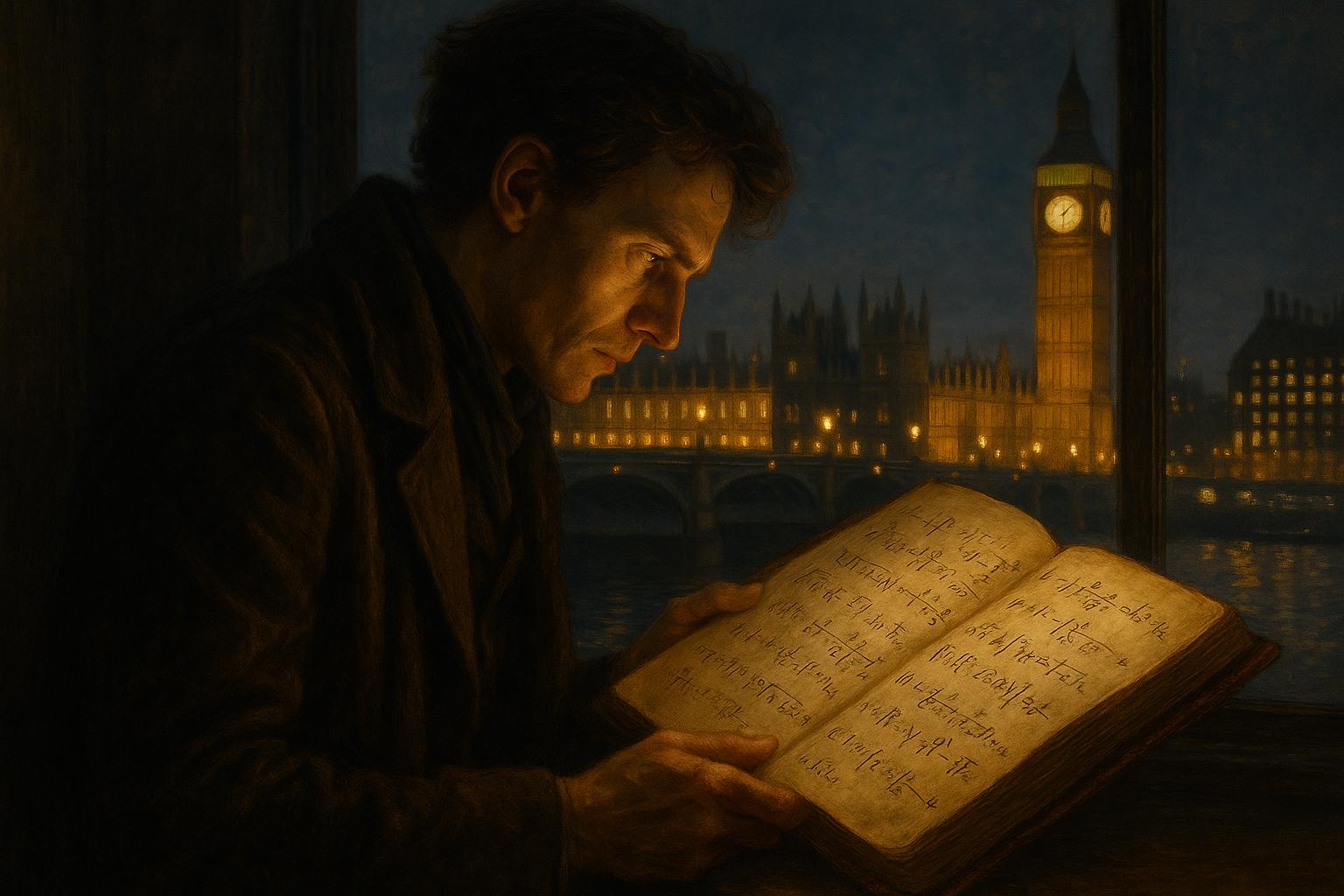Around 1919, the British mathematician G. H. Hardy famously took a London cab with the licence number 1729 on his way to visit his Indian colleague Srinivasa Ramanujan. Hardy found the number unremarkable, describing it as dull. However, Ramanujan passionately disagreed. He explained that 1729 was the smallest number expressible as the sum of two cubes in two different ways: 1729 = 1³ + 12³ = 9³ + 10³. This story has since become one of the best-known anecdotes in British mathematics and gave rise to the term "taxicab number" — a number that is the smallest representable as sums of two cubes in multiple distinct ways.
Honouring this legacy, the UK’s first specialist maths secondary school is set to open in London in September 2026, named the 1729 Maths School. It will be unique as the nation’s first maths school catering for pupils from the age of 12 (year 7), rather than at sixth form level. The school will be based on the campus of Mill Hill School, an independent school in north London, and will initially admit small cohorts of eighteen and ten students in years 7 and 9 respectively. The institution aims to nurture exceptional mathematical talent from an early age, expanding the country’s efforts to support gifted young mathematicians, particularly from underrepresented groups.
The school is backed by philanthropists Alex Gerko and Elena Gerko, whose wealth originates from the algorithmic trading firm XTX Markets. Recognising the importance of accessibility, bursaries will be available to pupils unable to afford the fees. Applications are open for children currently in years 6 and 8, with a deadline of October 31.
The 1729 Maths School follows in the footsteps of the UK’s existing nine university-affiliated maths schools, which focus predominantly on sixth form students specialising in maths and related subjects. This new school marks a significant step towards extending specialised mathematical education to younger pupils, reflecting a growing recognition of the importance of early engagement and support in this highly competitive and demanding field.
The story of 1729 continues to inspire mathematical curiosity and challenge. Alongside the announcement of the school, a series of puzzles based loosely on the number 1729 has been shared, engaging enthusiasts in exploring properties of numbers through classical problems involving sums of squares, triangle inequalities, and product sets. These puzzles invite not only mathematical problem-solving but also a fond remembrance of the historic London cab ride that brought this extraordinary number into popular awareness.
The intertwining of history, mathematics, and education embodied in the 1729 Maths School exemplifies a broader cultural appreciation of mathematical genius and its ongoing legacy. The school's launch is anticipated to contribute significantly to nurturing the next generation of mathematicians in the UK and beyond.
📌 Reference Map:
- Paragraph 1 – [1], [2], [4]
- Paragraph 2 – [1], [3], [5]
- Paragraph 3 – [1]
- Paragraph 4 – [1]
- Paragraph 5 – [1], [6]
Source: Noah Wire Services
